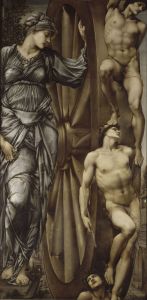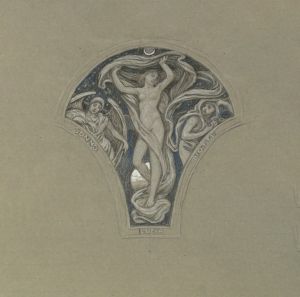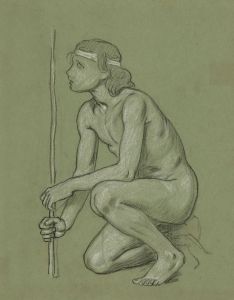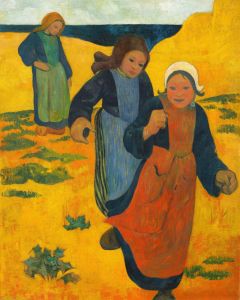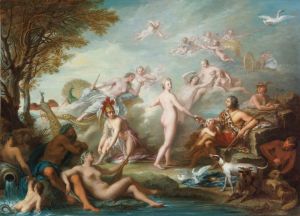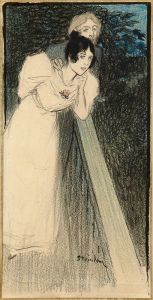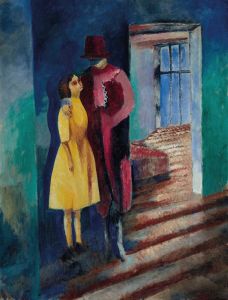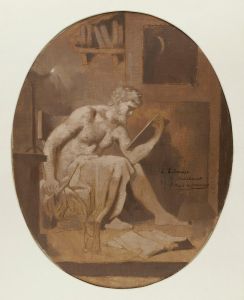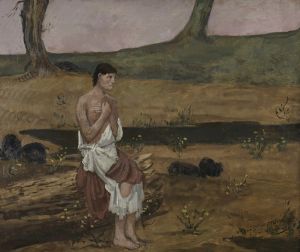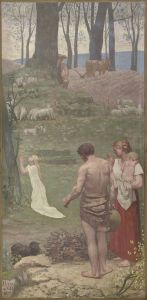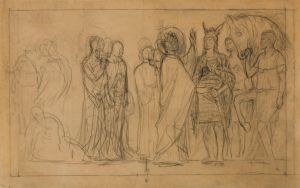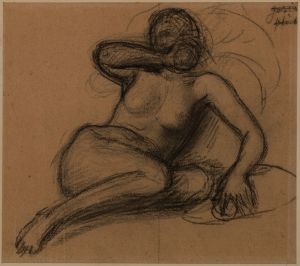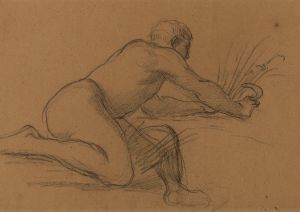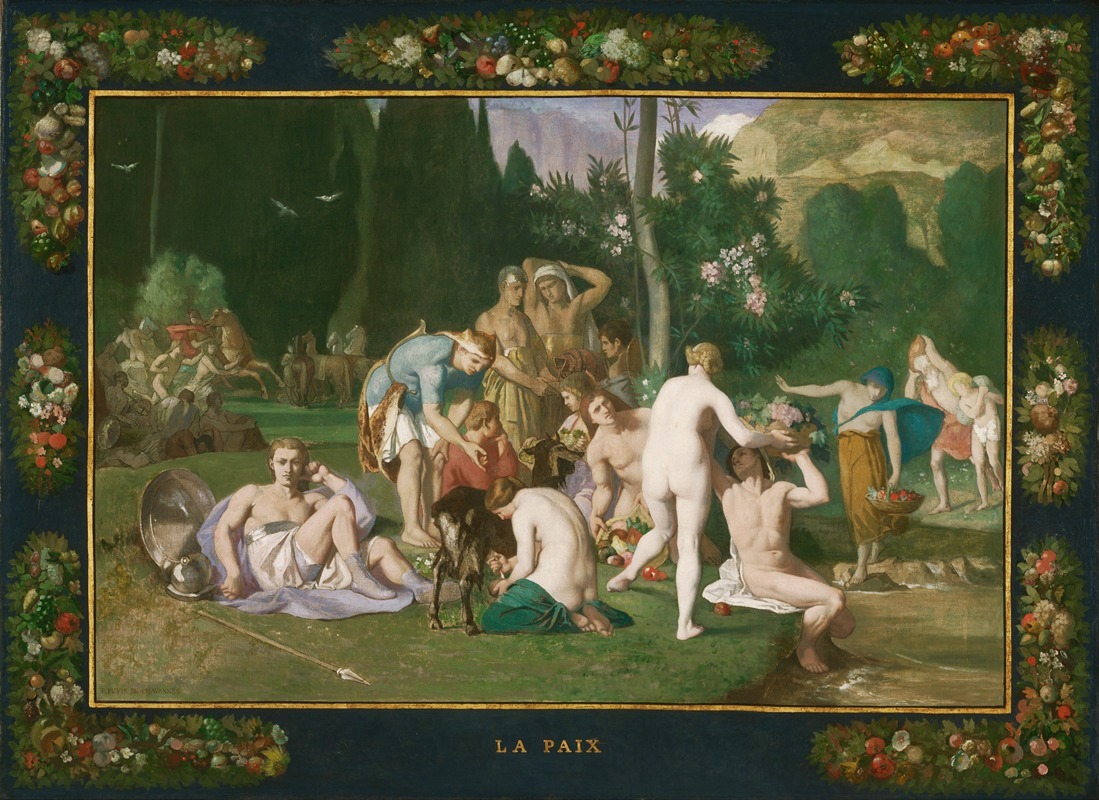
Peace
A hand-painted replica of Pierre Puvis de Chavannes’s masterpiece Peace, meticulously crafted by professional artists to capture the true essence of the original. Each piece is created with museum-quality canvas and rare mineral pigments, carefully painted by experienced artists with delicate brushstrokes and rich, layered colors to perfectly recreate the texture of the original artwork. Unlike machine-printed reproductions, this hand-painted version brings the painting to life, infused with the artist’s emotions and skill in every stroke. Whether for personal collection or home decoration, it instantly elevates the artistic atmosphere of any space.
Pierre Puvis de Chavannes was a prominent French painter in the 19th century, known for his mural paintings and his role in the Symbolist movement. One of his notable works is "Peace" (La Paix), which exemplifies his unique style and thematic focus. Created in 1861, "Peace" is part of a series of four allegorical paintings, including "War," "Work," and "Rest," which were commissioned for the Musée des Beaux-Arts in Amiens, France. These works collectively explore fundamental human experiences and ideals.
"Peace" is characterized by its serene and harmonious composition, reflecting Puvis de Chavannes' interest in classical themes and his ability to convey profound messages through simplicity and clarity. The painting depicts a tranquil landscape where figures are engaged in peaceful activities, embodying the concept of peace as a state of harmony and balance. The figures in the painting are often idealized, with graceful poses and calm expressions, contributing to the overall sense of tranquility.
Puvis de Chavannes' style is marked by a muted color palette and a flattened perspective, which were innovative at the time and influenced later developments in modern art. His approach to composition often involved a careful arrangement of figures and landscapes to create a sense of timelessness and universality. In "Peace," this is evident in the way the figures are integrated into the landscape, suggesting a harmonious relationship between humanity and nature.
The painting reflects Puvis de Chavannes' belief in the power of art to convey moral and philosophical ideas. By choosing allegorical subjects, he aimed to transcend the specificities of time and place, addressing universal themes that resonate with viewers across different contexts. "Peace," like his other works, invites contemplation and introspection, encouraging viewers to reflect on the ideals of harmony and coexistence.
Puvis de Chavannes' influence extended beyond his own time, impacting artists such as Paul Gauguin and the Nabis group, who admired his ability to convey emotion and meaning through simplified forms and compositions. His work also anticipated some aspects of modern art, particularly in its emphasis on flatness and abstraction.
"Peace" and its companion pieces were well-received in their time and contributed to Puvis de Chavannes' reputation as a leading figure in the art world. His ability to blend classical themes with a modern sensibility made his work appealing to a wide audience, and his murals can be found in several important public buildings in France.
Overall, "Peace" by Pierre Puvis de Chavannes is a significant work that exemplifies the artist's style and thematic concerns. It remains an important piece in the study of 19th-century art, reflecting both the ideals of its time and the innovative approaches that would influence future generations of artists.





